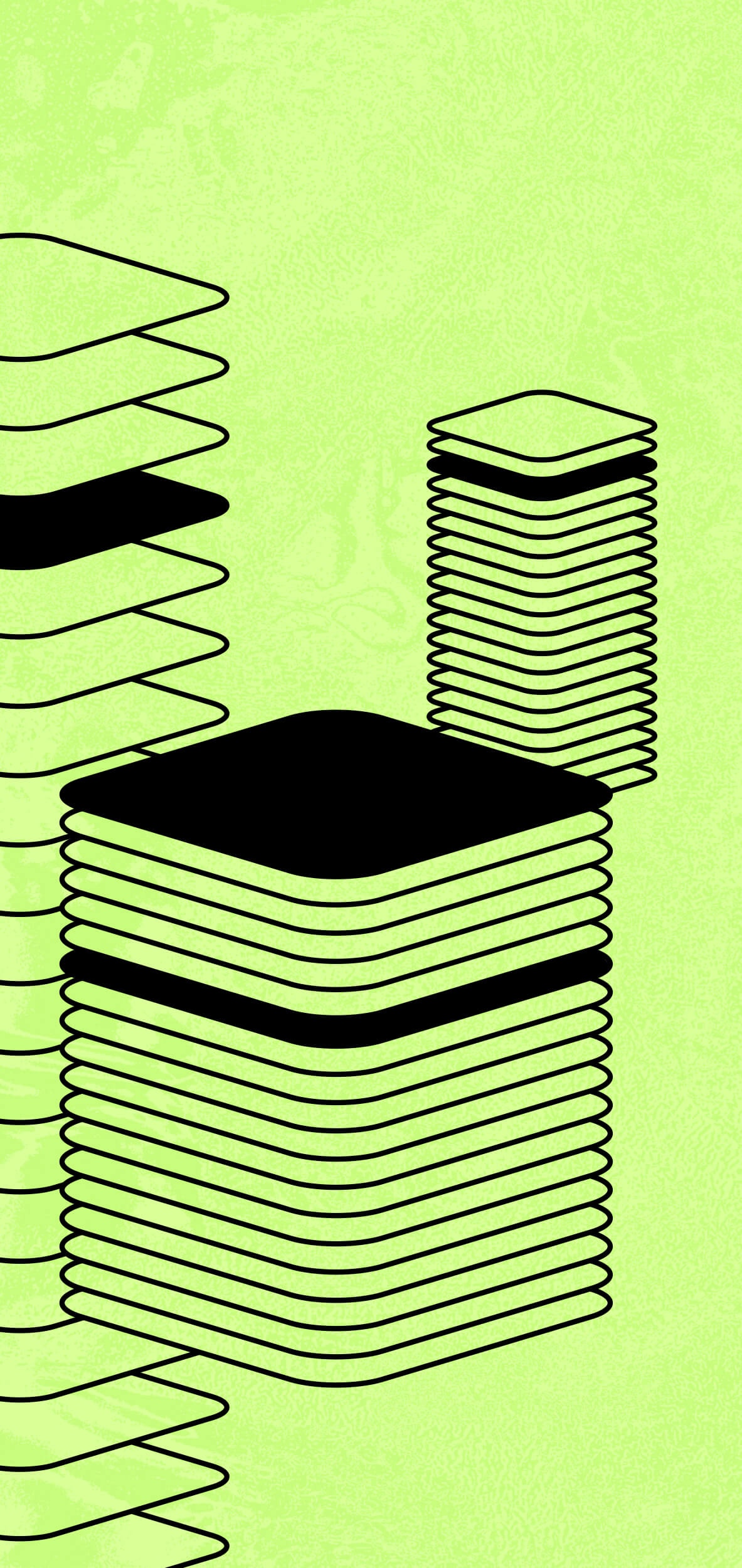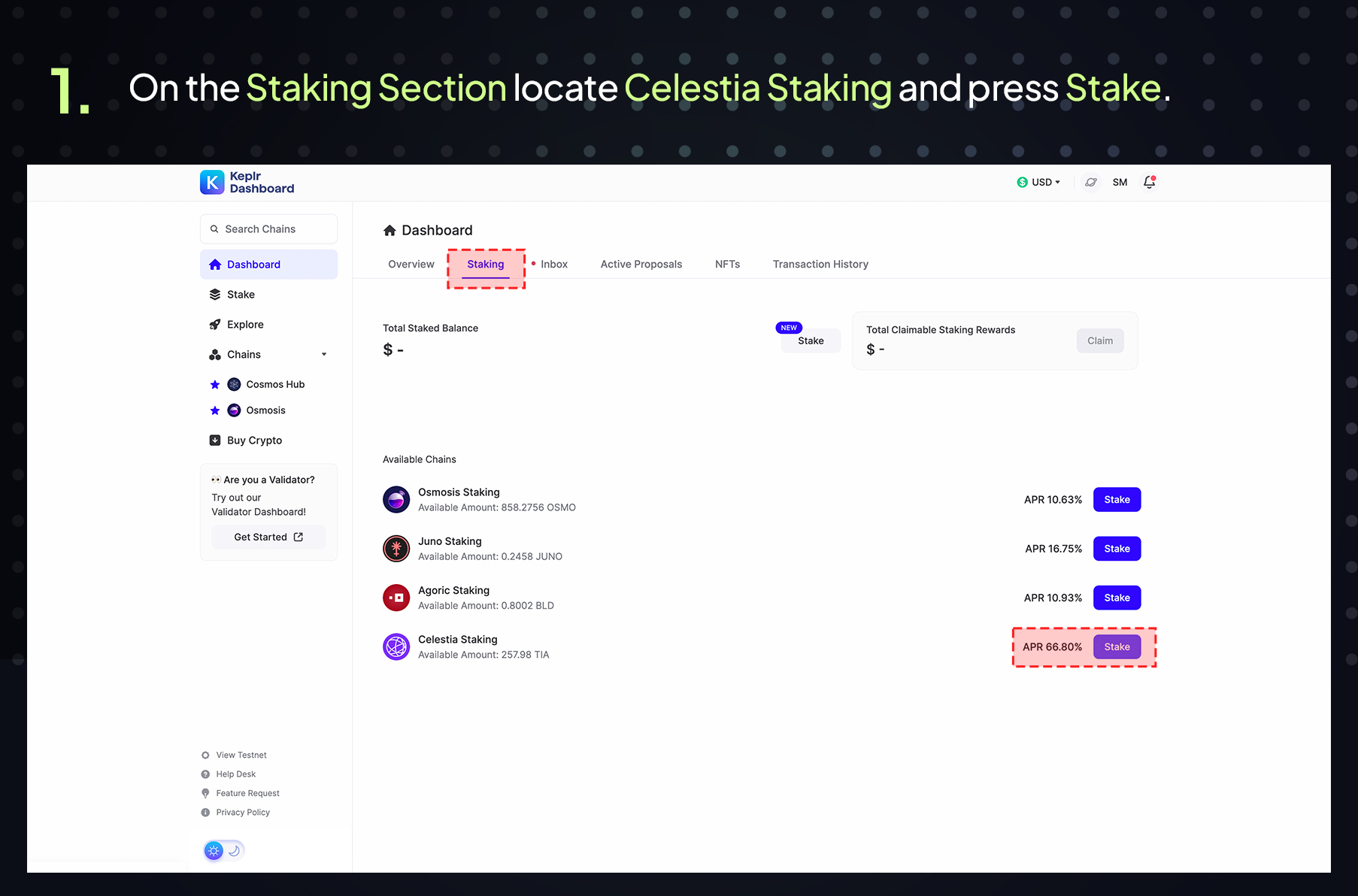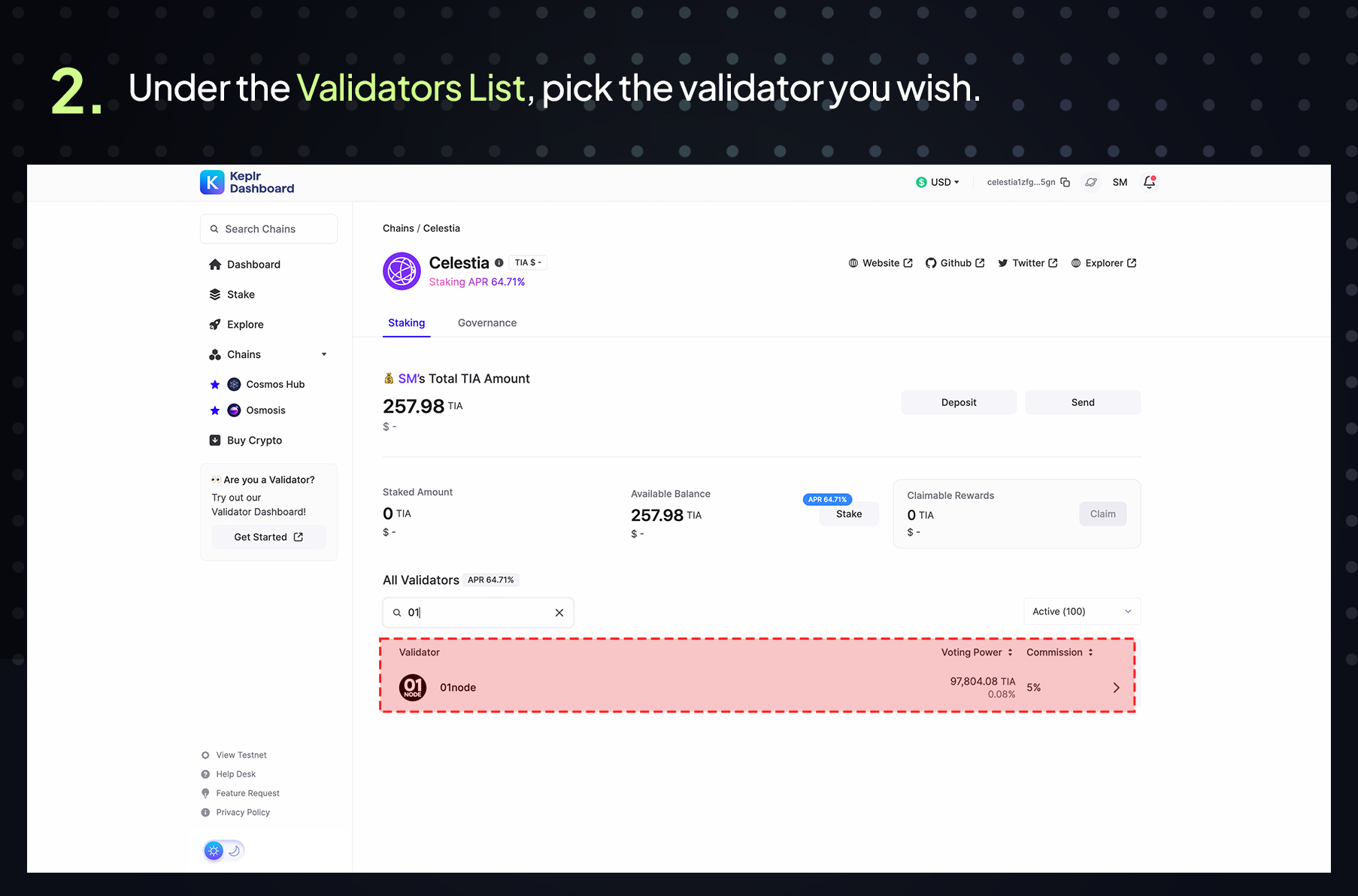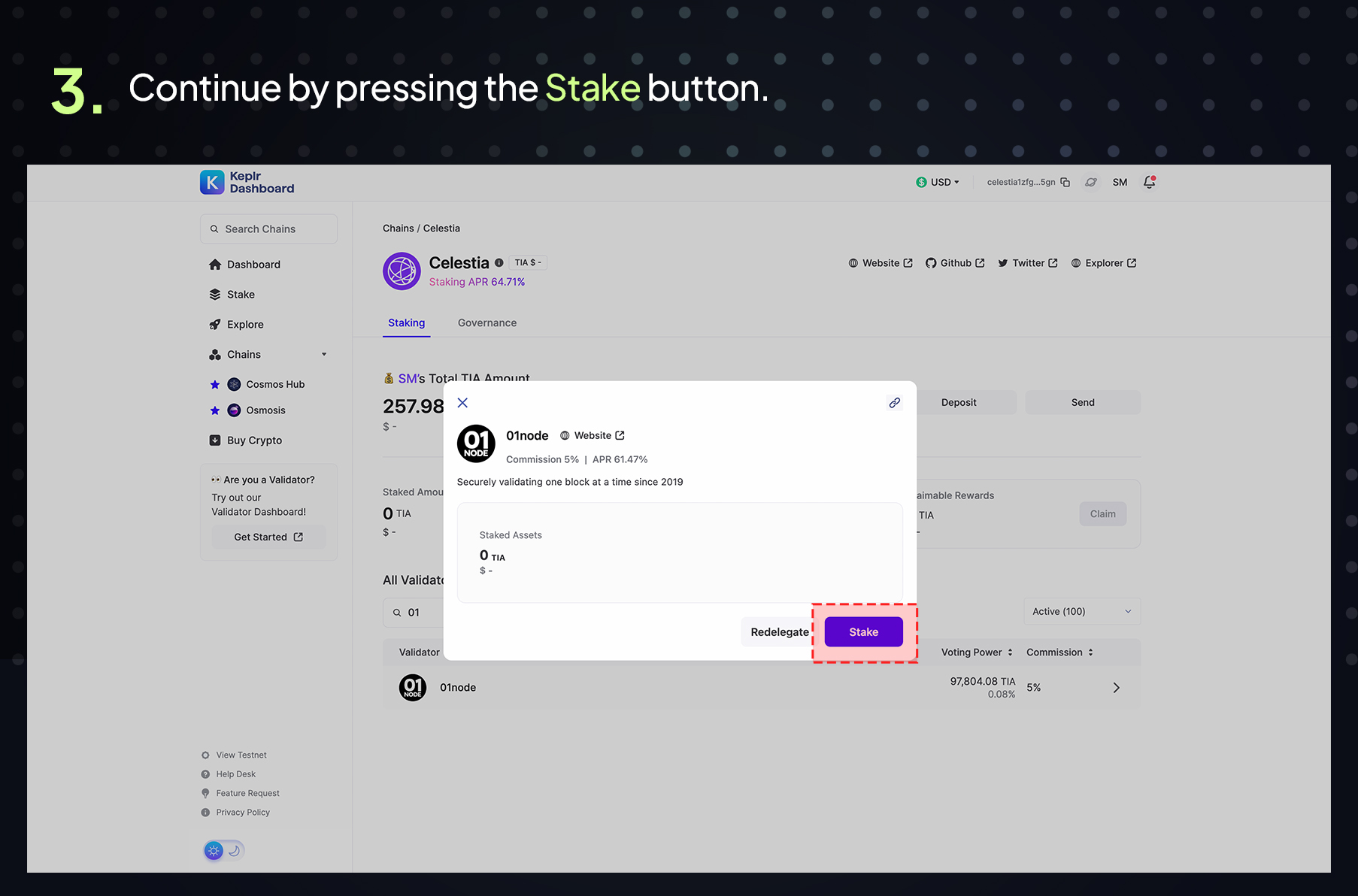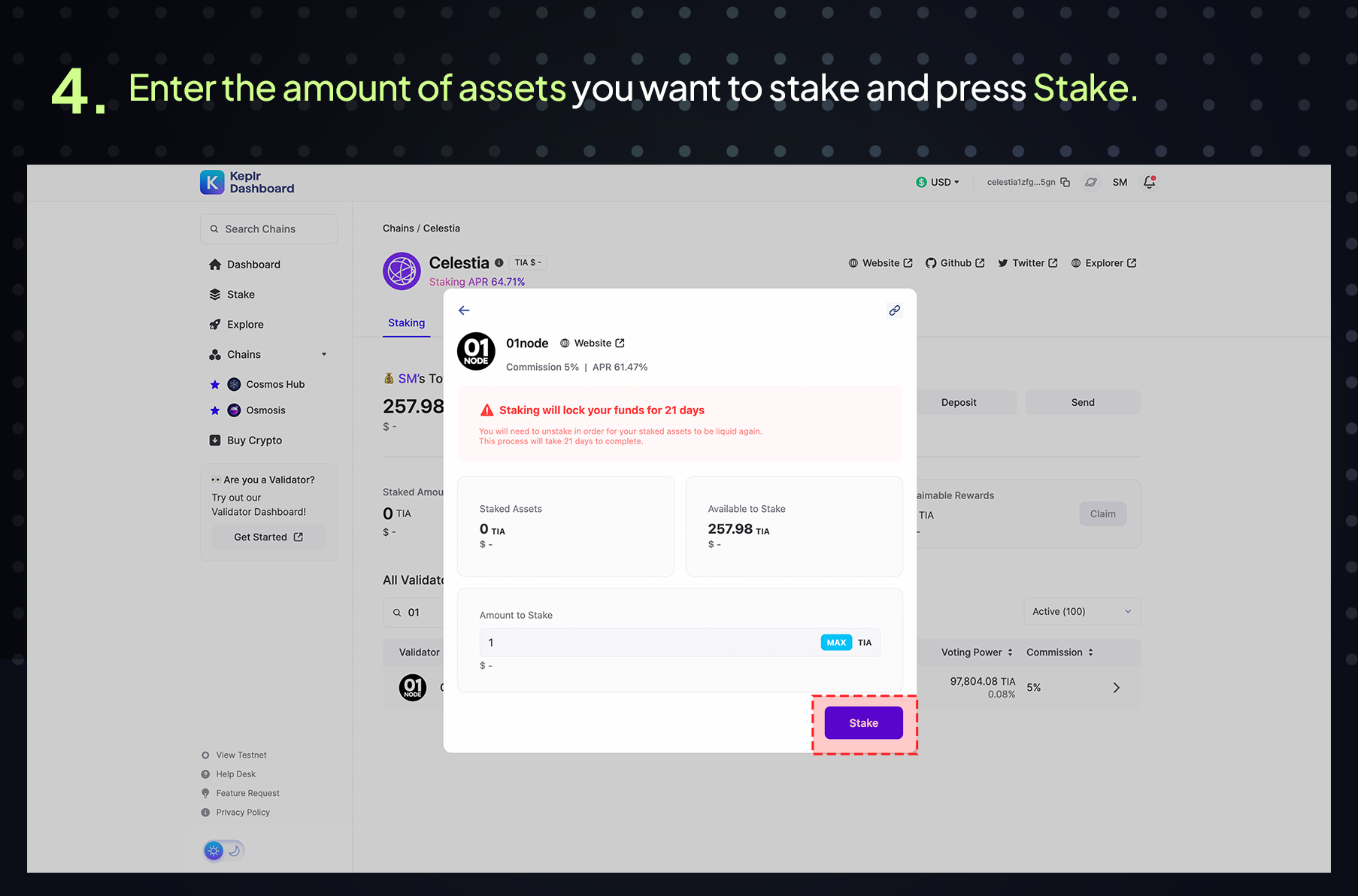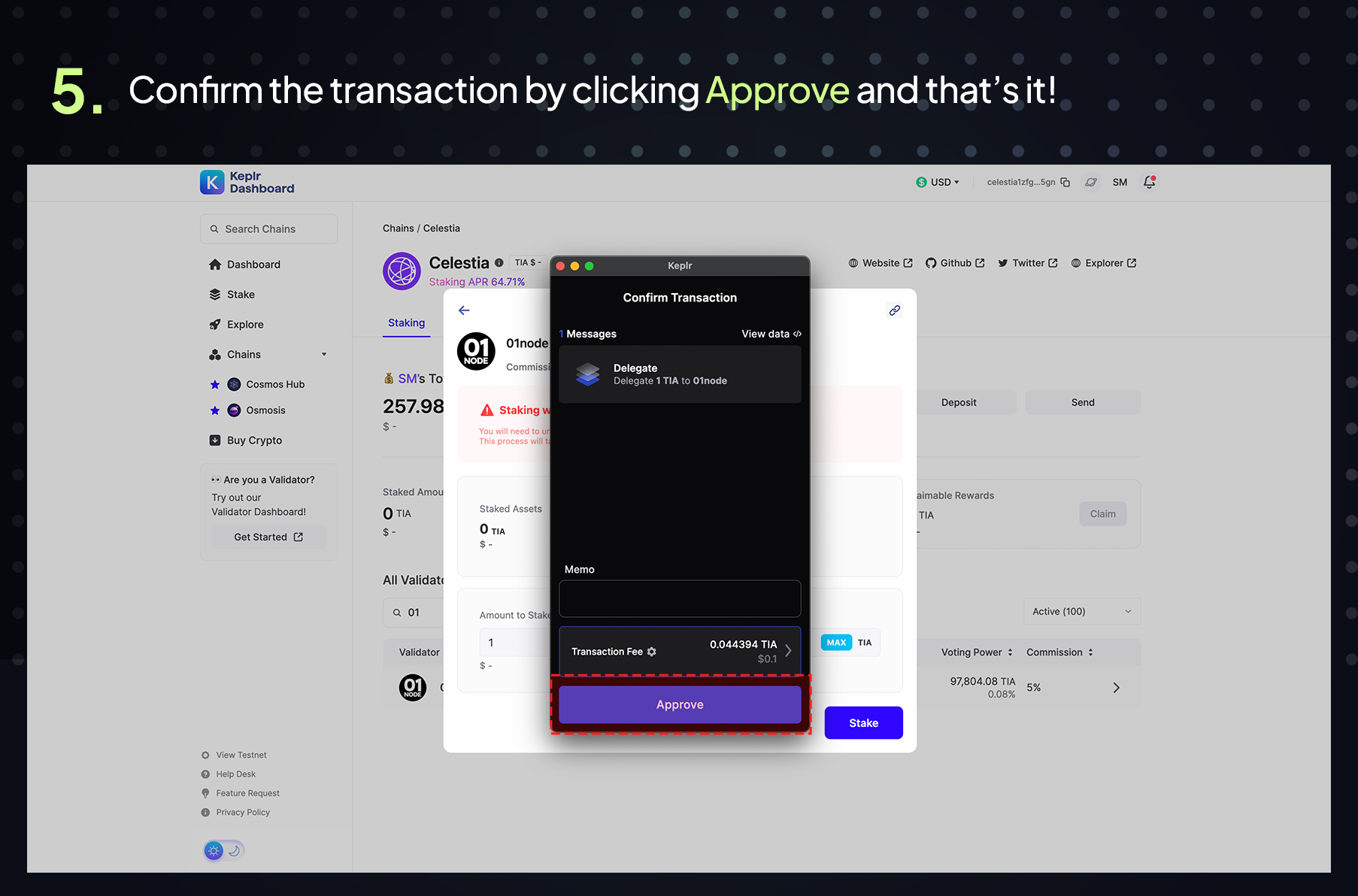Introduction
Celestia is the first modular consensus and data network to power scalable, secure Web3 applications.
Celestia is perfectly suited for a novel scaling solution called rollups which push state execution off-chain and rely on a base chain for consensus and data availability. Optimistic rollups require data availability to detect fraud and zero-knowledge rollups require data availability to reconstruct the state of the chain.
But what’s a modular blockchain?
Modular blockchains are a new paradigm in blockchain design. Instead of one blockchain doing everything, modular blockchains specialize and optimize to perform a given function. This specialization provides breakthroughs in scalability, flexibility, and interoperability, enabling developers to build blockchain applications for mass adoption.
How is Celestia different from Bitcoin and Ethereum?
If Bitcoin is a calculator and Ethereum is a computer, then Celestia is a cloud computer. Bitcoin showed that it was possible to build a decentralized application but was very limited in what it could be used to build. Ethereum showed that it was possible to build a programmable blockchain that anyone could use to launch a decentralized application. Celestia will show that it is possible to build a network that enables anyone to launch their own blockchain.
What’s a good analogy of Celestia?
Think of Celestia as a power grid, except instead of providing electricity, Celestia provides the essential resource to power a blockchain: consensus and data availability. Similar to how anyone can plug into an electricity grid to power their appliance, anyone can plug into Celestia’s network to power their own blockchain. The Celestia token is the currency you use to pay for electricity.
What is data availability and why does it matter?
Data availability is critical to the security of any blockchain because it ensures that anyone can inspect the ledger of transactions and verify it. Data availability answers the question, has the data for this blockchain been published? Users of a monolithic blockchain download all the data to check that it is available.
As blocks get bigger, it becomes impractical for normal users to download all the data meaning that they can’t verify the chain. Modular chains solve this problem by making it possible for users to verify very large blocks using a technology called data availability sampling.
What are rollups and how do they work with Celestia?
Rollups are a type of blockchain that offload some work to a layer 1 like Celestia. Rollups host apps and process user transactions. By hosting apps across many different rollups, apps do not have to compete for computational resources with each other.
Once rollup transactions get processed, they are then published to Celestia. Celestia’s job is to order those transactions and check that they are available to download.
How to stake Celestia tokens using Keplr Dashboard
Conclusion
Participating in the Incentivized Testnet and staking Celestia tokens can assist node operators in preparing for the mainnet launch. By doing so, they gain valuable experience in node operation and network maintenance. This hands-on experience proves invaluable in ensuring a smooth mainnet launch while maintaining the network’s security and reliability.
